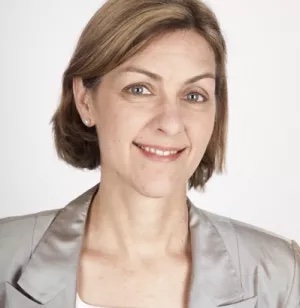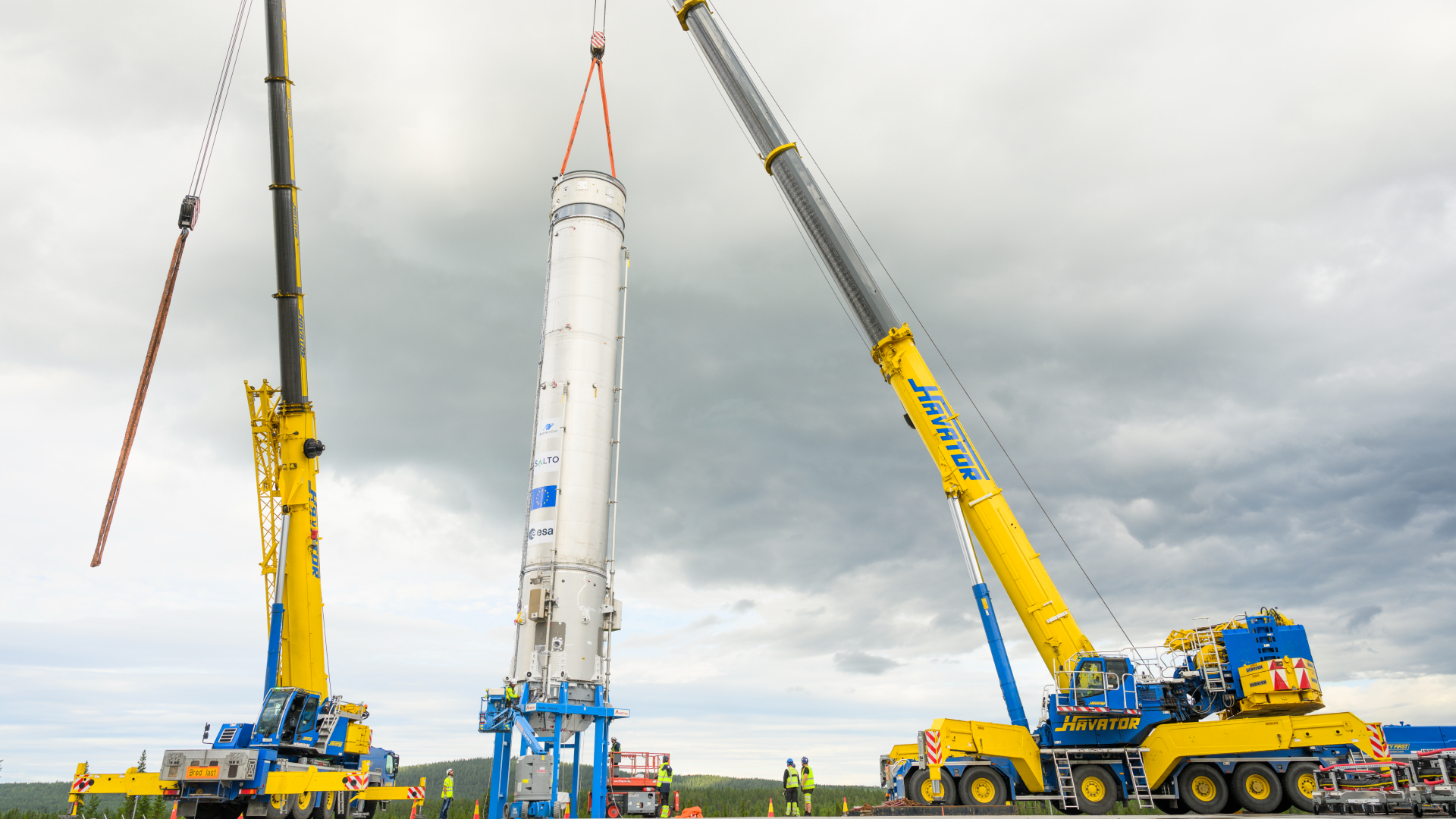In Formative Years, the Sun Had Sisters
The Sun had sisterswhen it was born, according to new research, hundreds to thousands of them.
And at least one was a supernova, providing furthersupport for the idea that there could be lots of planets around other stars since our solar system emerged in suchan explosiveenvironment.
"We know that the majority of stars in our galaxy were born in starclusters," said Leslie Looney, who arrived at the solar sibling findingalong with his colleagues at the University of Illinois at Urbana-Champaign."Now we also know that the newborn solar system not only arose in such acluster, but also survived the impact of an exploding star. This suggests thatplanetary systems are impressively rugged and may be common in even the mosttumultuous stellar nurseries."
The evidence for the solar sisters was found indaughters--such as decayed particles from radioactive isotopes of iron--trappedin meteorites, which can be studied as fossil remnants of the early solarsystem.
These daughter species allowed Looney and his colleagues todiscern that a supernova with the mass of about 20 suns exploded relativelynear the early Sun when it formed 4.6 billion years ago; and where there aresupernovas or any massive star, you also see hundreds to thousands of sun-likestars, he said.
The cluster of thousands of stars dispersed billions ofyears ago due to a lack of gravitational pull, Looney said, leaving the sisters"lost in space" and our Sun looking like an only child ever since, hesaid.
The research will be detailed in the AstrophysicalJournal.
Breaking space news, the latest updates on rocket launches, skywatching events and more!
The finding also has exciting implications for life in othersolar systems, Looney said, since most stars are born in clusters.
"If our favorite planet, Earth, was born in the nasty environmentof a cluster, with the increased radiation and gravitational effects, then themajority of stars could also have planets," Looney told SPACE.com."Not only have planets, but have planets where terrestrial life canoccur."
Astronomers now should focus more attention on how planetsform in clusters, he said. "It may be easier to form planets than weexpected," he said.
Isotopes and supernovas
When massive stars explode and gosupernova, they create radioactive isotopes that are blown outward and mixwith nebular gas and dust as theycondense into stars and planets. In the case of our solar system, that meanssome of the isotopes were trapped in the rocks that hardened to form the earlysolar system. Meteorites are remnants of those rocks, so they contain theradioactive offspring, or daughter species, of the isotopes created by thesupernova.
Looney and his colleagues used measured abundances of thedaughter species to calculate that the supernova sibling was about 0.32 to 5.22light-years from the Sun. The closest star system to the Sun today is AlphaCentauri at 4.36 light-years.
"The supernova was stunningly close," saidLooney's co-author Brian Fields. "Our solar system was still in theprocess of forming when the supernova occurred."
- Top 10 Star Mysteries
- Origins Revealed: Sun and Earth Born amid Chaos
- Astronomers Had it Wrong: Most Stars are Single
- The Strangest Things in Space
Join our Space Forums to keep talking space on the latest missions, night sky and more! And if you have a news tip, correction or comment, let us know at: community@space.com.

Robin Lloyd was a senior editor at Space.com and Live Science from 2007 to 2009. She holds a B.A. degree in sociology from Smith College and a Ph.D. and M.A. degree in sociology from the University of California at Santa Barbara. She is currently a freelance science writer based in New York City and a contributing editor at Scientific American, as well as an adjunct professor at New York University's Science, Health and Environmental Reporting Program.
